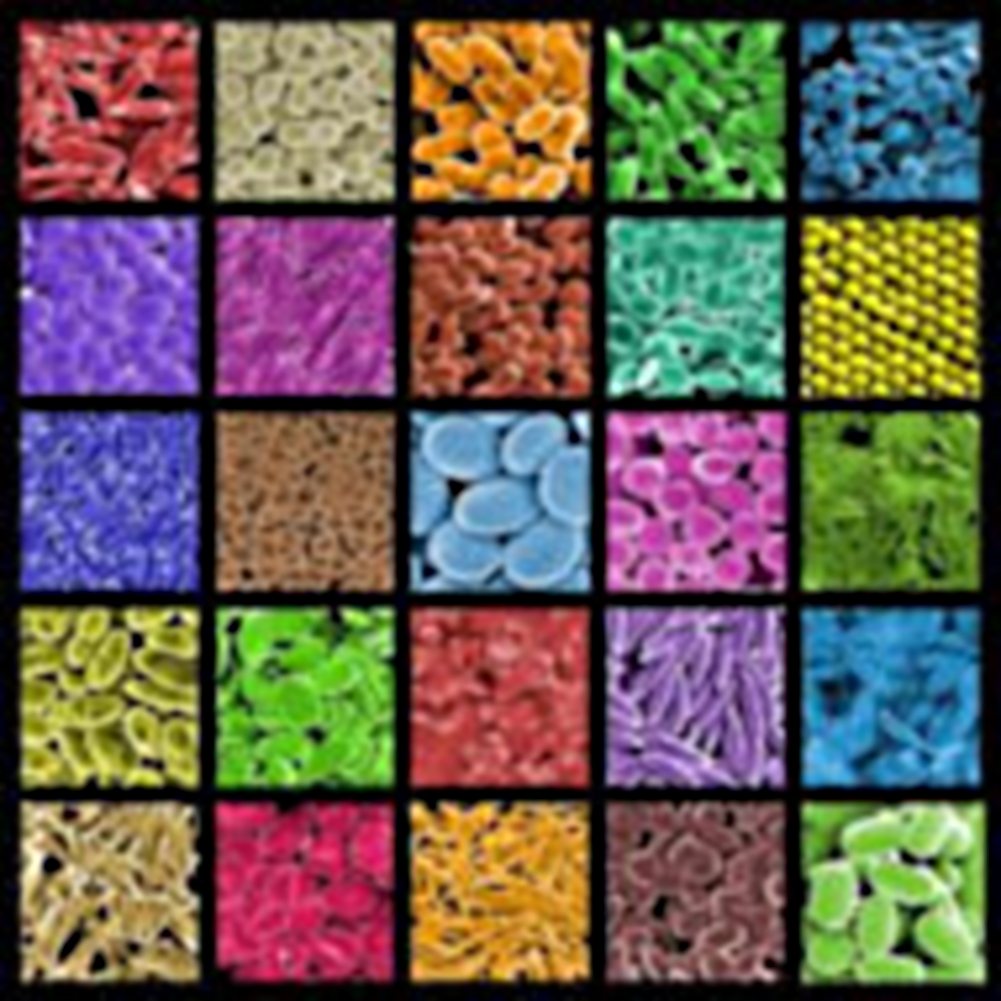Engineered Nanomaterials
Nanotechnology is the engineering and manipulation of materials at the molecular level. This new technology creates materials with dimensions ranging from 1 to 100 nanometers (1 nanometer is 1 billionth of a meter). Particles created at the nanoscale have different chemical and physical properties than larger particles of the same material. These manufactured nanoparticles are known as engineered nanoparticles. Due to their small dimensions, larger surface area, and potential ability to penetrate cells more easily than larger particles, free particles in the nanometer size range are being evaluated for toxicity and critical exposure levels. However, there is universal consensus among scientists that currently there is incomplete toxicological information in peer reviewed literature.
While a significant amount of government and private sector funding is now dedicated to research focused on assessing the health hazards and determining the controls needed in working with nanomaterials, much of these efforts will require longer term study and data collection. As a result, an assessment of risk and appropriate safety measures based on the available limited data are needed to educate and protect those working with nanomaterials.
Basic and applied research involving nanotechnology is rapidly expanding at the University of Michigan-Dearborn. Nanomaterials present seemingly limitless possibilities but bring with them new challenges in anticipating, recognizing, evaluating, and controlling potential safety and health risks to workers. The Engineered Nanomaterial Guidelines addresses EHS procedures for overseeing the safe use, storage, transportation, and disposal of these materials when they are produced or brought onto campus for research or development enterprises. This guideline is designed to provide reasonable and consistent guidance for managing the potential risks associated with nanomaterials whose hazards have not been fully characterized.
To achieve the goal of protecting employees and the environment, the University will adopt precautionary principles and control banding tools in conjunction with sound risk assessment.
If you have any questions regarding the safe use, storage, transportation, and disposal of engineered nanoparticles or question about referenced guidelines, regulations, and other documents, please contact EHS at 313-583-6679.
Useful External Links

